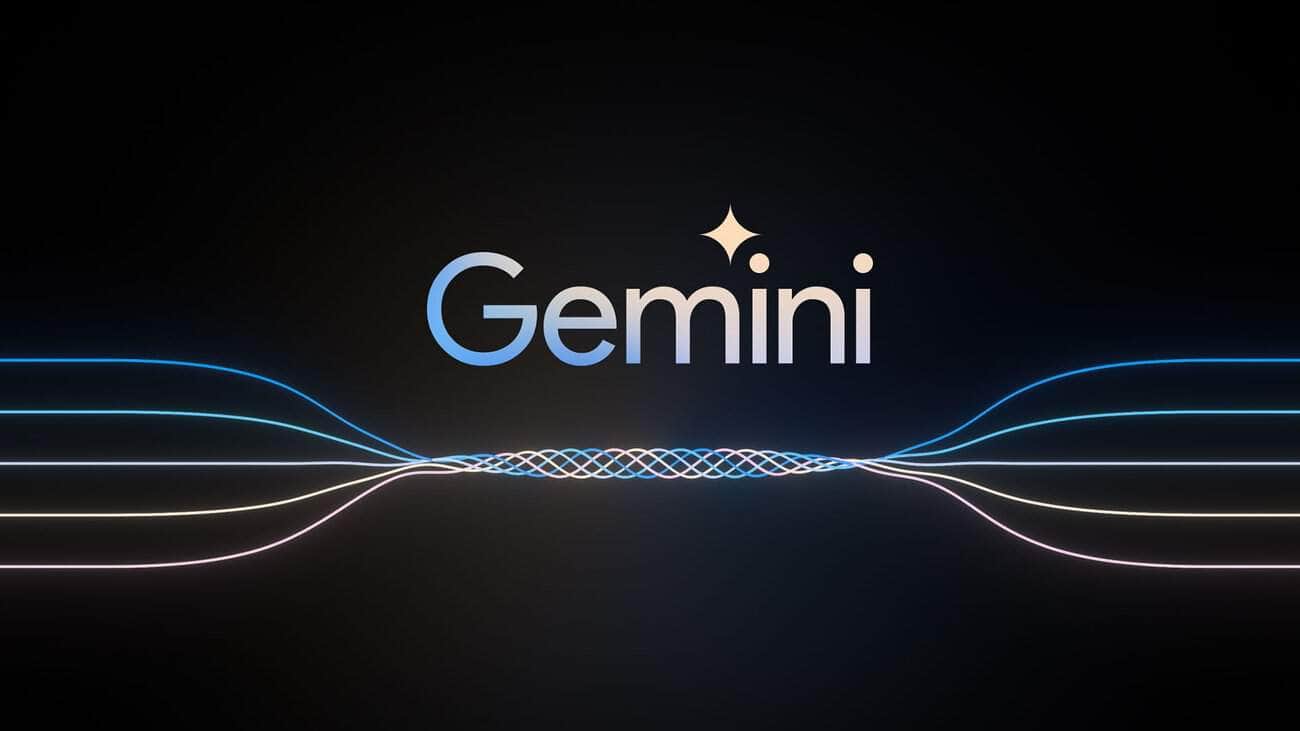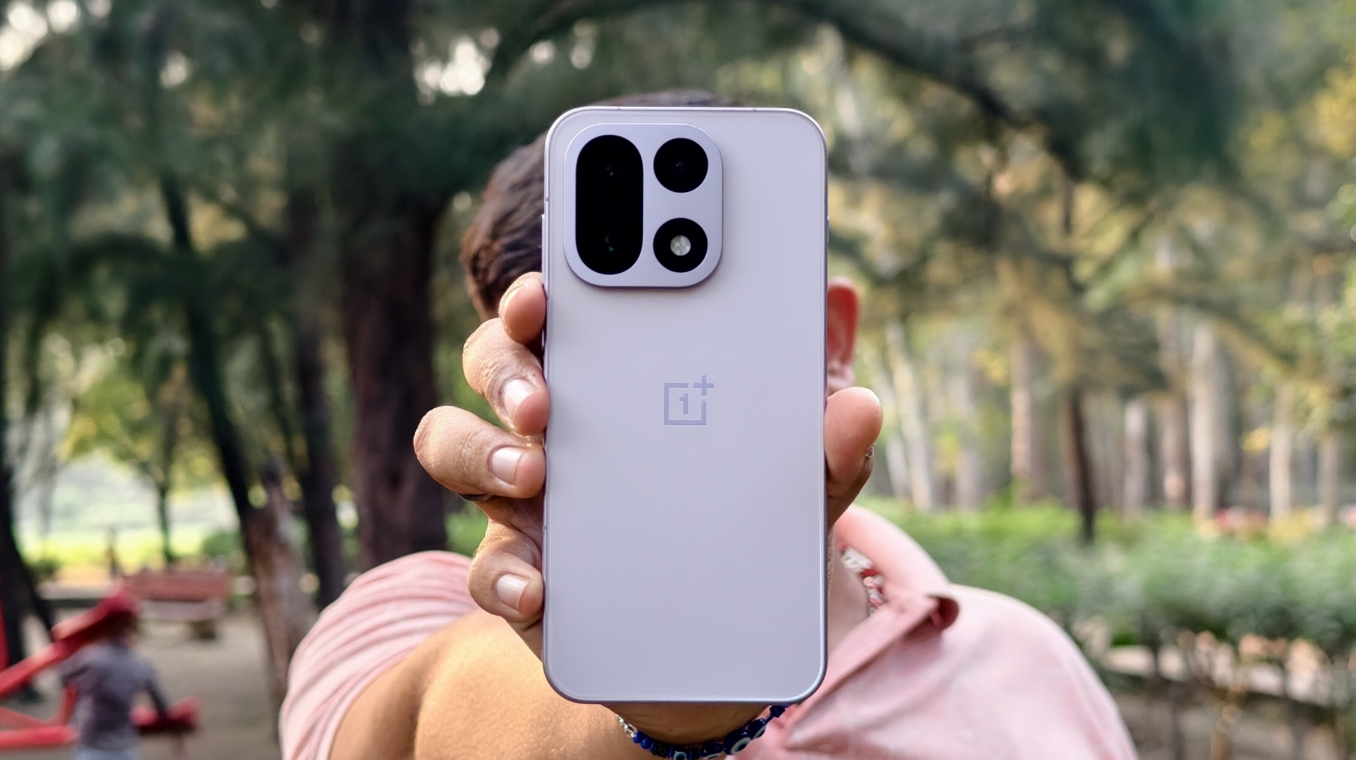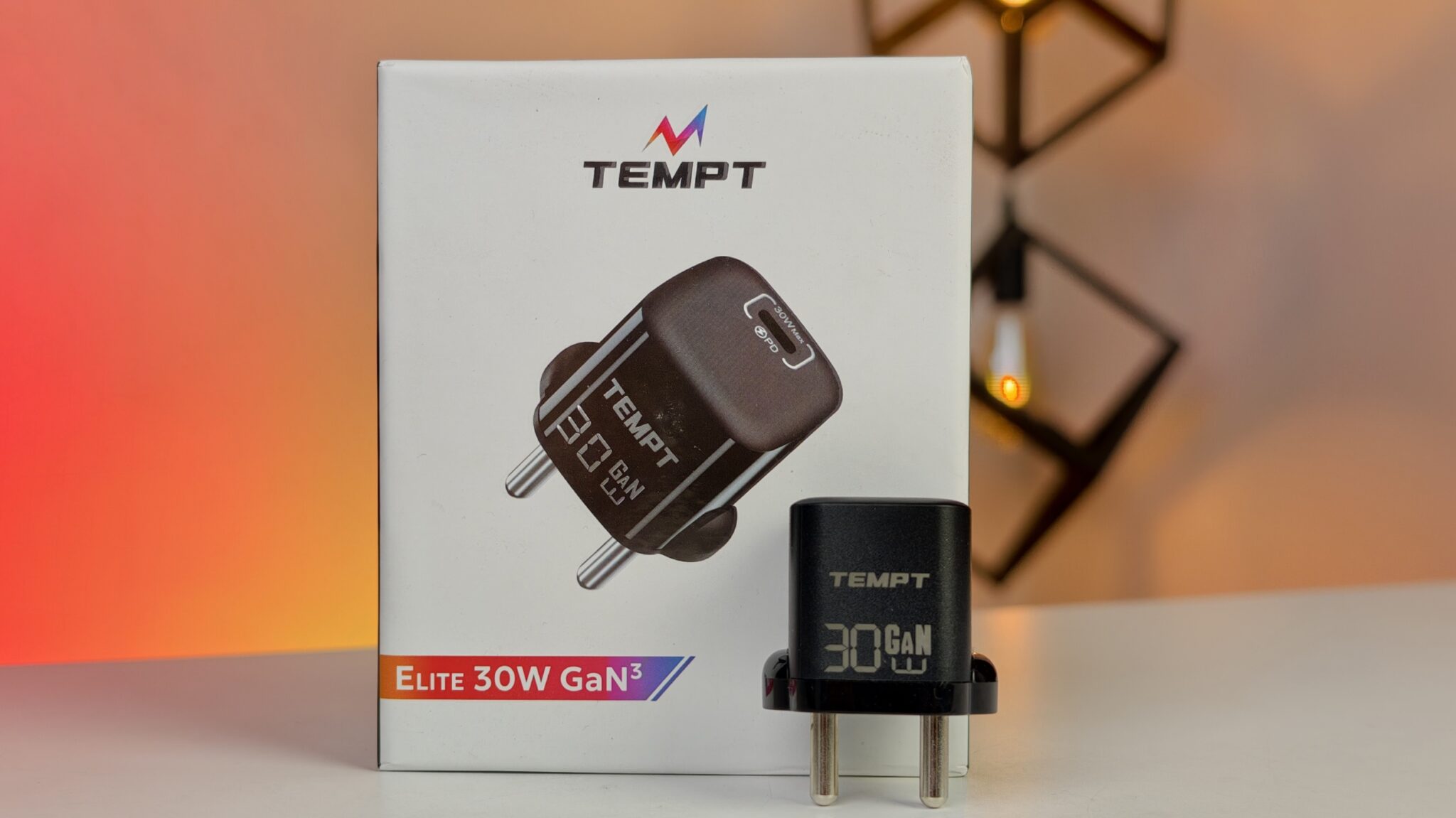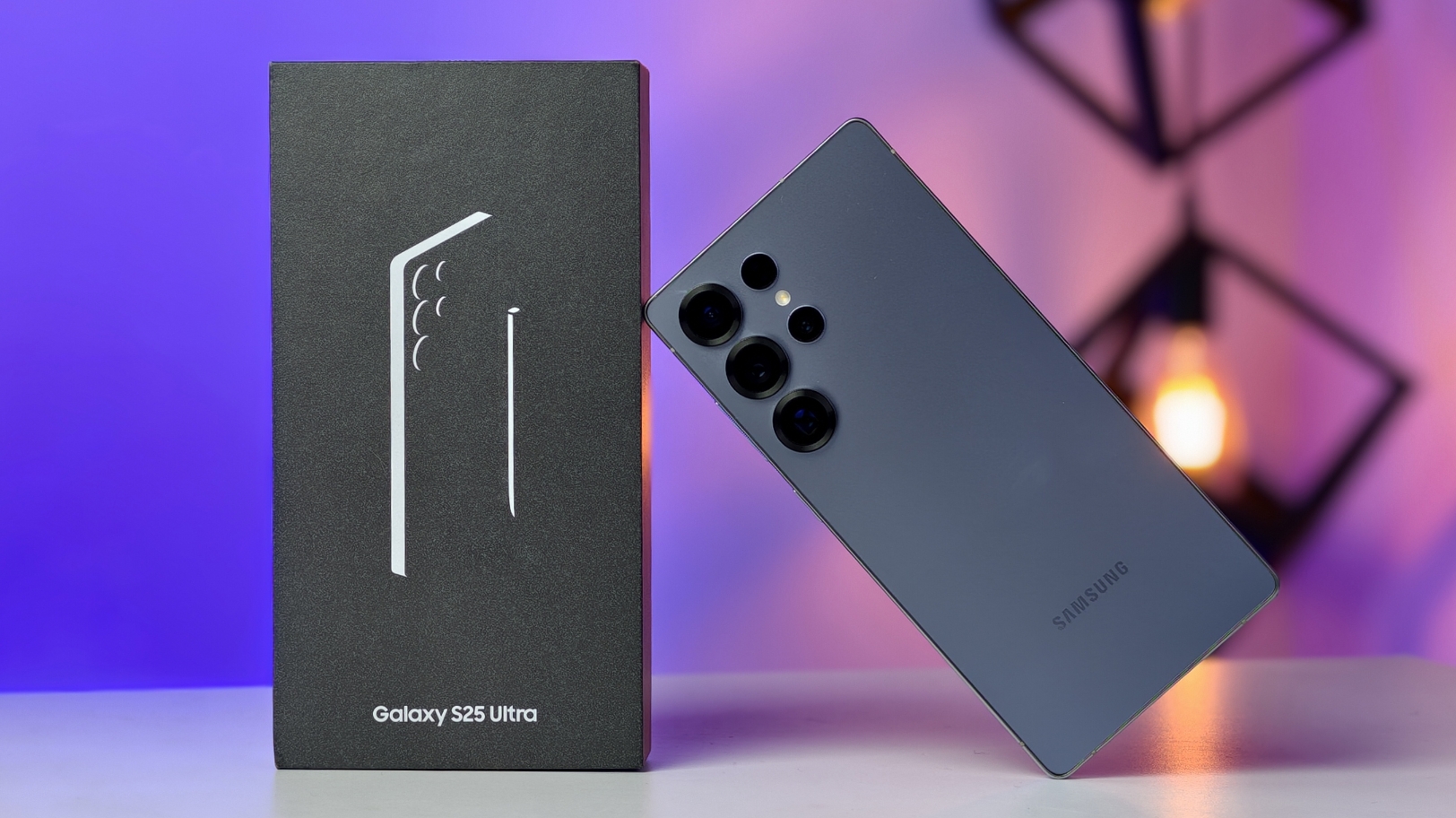A new feature in Google’s experimental AI model, Gemini 2.0 Flash, has ignited a contentious debate within the technology and creative communities. Reports have surfaced indicating the model’s surprising proficiency in removing watermarks from images, including those from prominent stock photo platforms. While this capability presents intriguing possibilities for image editing, it also raises significant ethical and legal concerns, particularly regarding copyright infringement.
Gemini 2.0 Flash, described by Google as a “workhorse model for all daily tasks” with “enhanced performance,” is currently accessible through Google AI Studio, a developer-facing platform. Users experimenting with the model have discovered its ability to not only eliminate watermarks but also intelligently fill in the resulting blank spaces, seamlessly blending the edited area with the rest of the image. This level of sophistication in watermark removal appears to surpass that of some other existing generative AI models, which either struggle with the task or have built-in safeguards to prevent it.
Initial reports of Gemini 2.0 Flash’s watermark removal capabilities emerged on social media platforms. Users shared examples of successfully removing watermarks from images sourced from Getty Images, iStock, and Shutterstock. This sparked immediate concern among photographers, designers, and stock image providers, for whom watermarks serve as a crucial layer of copyright protection and a deterrent against unauthorized use.
The ability of an AI to effectively erase watermarks bypasses these protections and opens the door for potential misuse. Copyright law in many countries, including the United States, considers watermarks as part of the copyright protection. Removing them without the copyright holder’s permission can be deemed a violation of the Digital Millennium Copyright Act (DMCA) and other similar legislation. This could lead to legal repercussions for individuals or entities using Gemini 2.0 Flash to remove watermarks from copyrighted material without proper authorization.
Google has acknowledged these concerns and has stated that using its generative AI tools for copyright infringement violates its terms of service. A company spokesperson mentioned that they are closely monitoring the experimental release and listening to feedback from developers. This statement suggests that Google is aware of the potential for misuse and may consider implementing stricter guardrails in future versions of the model.
Despite the ethical and legal red flags, the watermark removal feature in Gemini 2.0 Flash also presents some potentially legitimate use cases. For instance, individuals might want to remove watermarks from their own images if they have lost the original, unwatermarked versions. In such scenarios, an AI-powered tool could offer a convenient solution. However, distinguishing between legitimate and illegitimate uses remains a significant challenge.
The emergence of AI tools capable of removing watermarks is not entirely new. Several online platforms and software solutions already offer this functionality. However, the integration of such a powerful capability into a widely accessible AI model like Gemini, even in its experimental phase, amplifies the concerns surrounding copyright protection and the potential for misuse on a larger scale.
Experts in the field emphasize that while technology continues to evolve, the fundamental principles of copyright law remain. Removing a watermark does not automatically grant the user the right to use the underlying copyrighted image for commercial purposes or without proper licensing. Content creators rely on these protections to safeguard their intellectual property and earn a living from their work.
The debate surrounding Gemini 2.0 Flash’s watermark removal feature highlights the broader ethical challenges posed by the rapid advancements in artificial intelligence. As AI models become increasingly sophisticated in their ability to manipulate and generate digital content, it becomes crucial for developers and users to consider the ethical implications of these technologies. Striking a balance between empowering creativity and respecting intellectual property rights is a delicate act that requires ongoing dialogue and the implementation of responsible AI development practices.
Furthermore, the incident underscores the limitations of traditional watermarking as a foolproof method of copyright protection in the age of advanced AI. While watermarks can deter casual unauthorized use, they are proving increasingly vulnerable to sophisticated AI-powered removal techniques. This may necessitate the development and adoption of more robust and perhaps less visible methods of copyright protection, such as digital watermarking or fingerprinting technologies that are more resistant to AI manipulation.
The capabilities of Gemini 2.0 Flash extend beyond just watermark removal. Google highlights features like multimodal input, enhanced performance, improved agentic capabilities, built-in image generation, and controllable text-to-speech. The model is designed to handle a wide range of tasks, making it a versatile tool for developers. However, the spotlight has currently fallen on its unexpected proficiency in altering existing images in ways that could have significant legal and ethical ramifications.
As Gemini 2.0 Flash remains in its experimental phase, its future capabilities and limitations are still subject to change. Google’s response to the concerns raised by the watermark removal feature will be closely watched by the creative industry and the broader technology community. The incident serves as a reminder of the powerful potential of AI and the critical need for responsible development and deployment to prevent unintended consequences and uphold ethical standards in the digital age. Users are cautioned to consider the legal and ethical implications before utilizing the watermark removal capabilities of Gemini 2.0 Flash and to respect copyright laws and the rights of content creators.



















